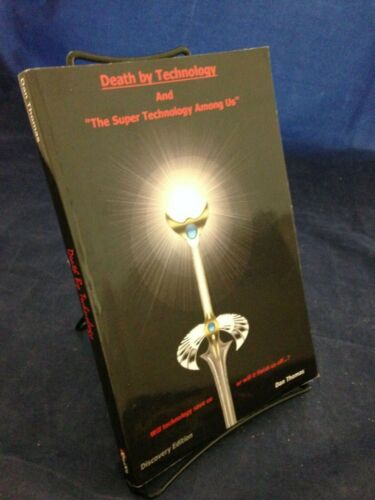There are some ways to eliminate the need to send emails in the workplace. First, email was once a great tool for work, as it was quick and easy to send. It was also a great way to share information with colleagues and outside parties. However, email can be inefficient for internal communications at work. Its inability to make people interact in a natural way has made it difficult for many professionals to get things done.
Initially, email served as the primary mode of sending digital documents. It was also a highly effective productivity tool, as it allowed users to quickly append documents to their messages. However, the format isn’t the best choice for storage or transmission.
Big Data
Big Data can be a powerful tool for many industries, but it can also pose challenges. The best way to use big data effectively is to build an industry-specific knowledge base. For example, understand what kinds of data industries produce and how they process them. Then, match your solution and capability to meet their needs. This is called vertical industry expertise.
While big data is a powerful tool for improving business processes, it’s also a disruptive technology. It can lead to many disruptions, including the deconstruction and polarization of industry value chains. In the former scenario, an insurgent can pounce on a weak spot in the value chain. Meanwhile, the latter scenario will lead to communities of unpaid individuals and small companies to swarm over the same task. Ultimately, big data can drive corporations to disrupt industries and markets, as well as give away their product or service for access to data.
Cloud computing
In a recent article, Anthony Arott, CEO of anti-virus software company Trend Micro, says “Cloud computing is the death of best information technology”. In his article, Arott points out that 80% of the data used by businesses comes from outside the organization. This trend in data storage has led to an emergence of cloud computing as a technical solution.”
The rush to the cloud is fueled by business imperatives: almost every organization is striving to reduce costs, improve customer experience, and adapt faster than competitors. As a result, public, hybrid, and private clouds are affecting virtually every trend in technology today.
Smartphones
The death of smartphones has been predicted in countless articles, and while it’s true that smartphones are quickly becoming obsolete, the end is still years away. In five years, our smartphones will look very similar to the ones we have today. But, as we continue to get more advanced and connected, the smartphone will take over more aspects of our lives.
Smartphones are replacing portable media players, cheap laptops, and other types of information technology. Smartphones even have scientific and basic calculators. While pocket calculators were once popular, the age of smartphones has eliminated the need for them.
Web 2.0
Some telecommunications experts claim Web 2.0 is doomed to failure. In a blog entry published in 2005, Russell Shaw argued that it is merely a marketing slogan. He says the terms used to describe Web 2.0 are too broad and conflict with one another. He believes this will happen once the marketing buzz has died down.
The term “Web 2.0” has been around for several years, but did not really take hold until 2003, when the founder of O’Reilly Media and MediaLive International (the company behind a number of best-selling information technology books) planned to hold a conference that would explore the state of the web. Tim O’Reilly, the publisher of O’Reilly Media, thought that the web would be a huge revenue generator for businesses.



